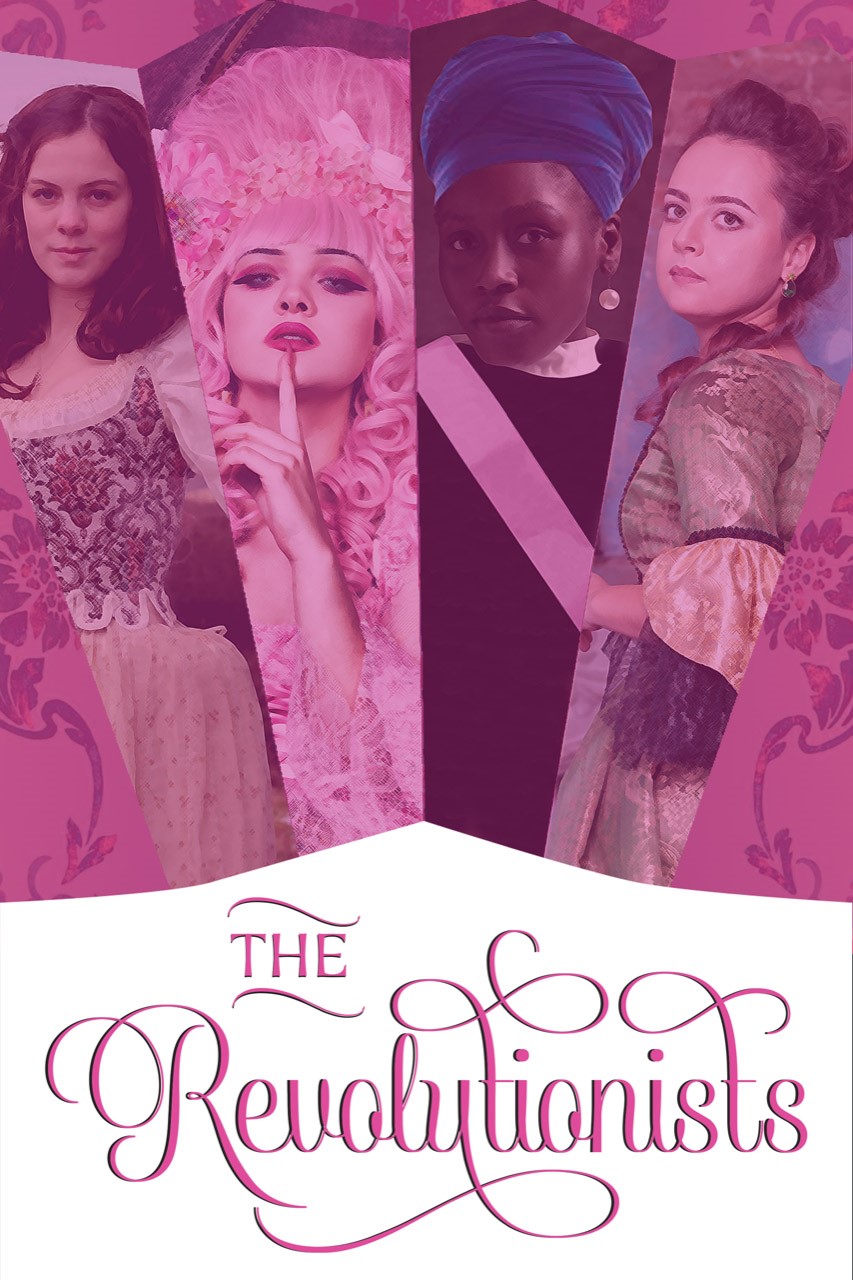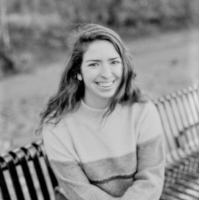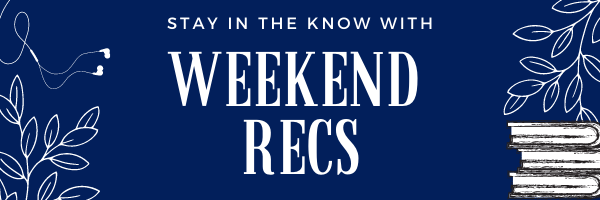Women’s History Month – Transcribing 19th-Century Friendship Letters
By Anamartha Hinojosa
Transcribing letters from archives can transport you to the not-so-distant past. Although society inevitably changes, the continuity of human experiences remains. I learned this while working with Spanish letters from the Barry-Hayes papers in Villanova’s Digital Library. As a native Spanish speaker, I jumped at the opportunity to translate nineteenth-century letters that had gone unnoticed. Together with Rebecca Oviedo, Distinctive Collections Librarian/ Archivist, and Micaela Miralles-Bianconi, a history graduate from the class of 2021, we were able to transcribe and translate letters received by Philadelphian Sarah Barry Hayes (1798-1821), who was the great-niece of Commodore John Barry (1745-1803). Most of the Spanish letters Sarah received were love letters written by Joseph Moran, who was from Cuba. The letters contained remarks of youthful affection, yearning caused by long distance, and even jealousy at times; all of which sound so relatable. This project shed light on both the Latinx presence in the Northeast and the development of an intercultural relationship, as well as the ordinary life of a young socialite in the 1800s.
Once the Spanish letters were finished, I was introduced to another important person in Sarah’s life, her dearest friend Harriet Cottringer (1799-1865). It appears that Harriet and Sarah became close friends in Philadelphia and remained friends after Harriet moved to Alexandria, Virginia. Bridget Cullen Cottringer (Harriet’s mother) decided to open a boarding school in Alexandria with her five daughters (Caroline, Harriet, Ann, Cornelia, and Betsy) after her husband, Garrett Cottringer (1759-1816), passed away. It was truly incredible to see these women take matters into their own hands and succeed on their own. In a letter to Sarah, Harriet wrote, “I would not exchange situations with the happiest bride in the world, and I am convinced I am happier than many of them although I labour for my daily bread” (vudl:161670).
The letters Harriet wrote to Sarah were my favorite to transcribe because it was like opening a chat between two best friends frozen in time. Although we only have one side of the conversation, its vivid content nevertheless provides a descriptive account of their friendship. Harriet and Sarah discuss what any twenty-year-old would with their best friend: their day-to-day, fun activities, meeting up with friends, attending parties, boys, gossip, and of course, how much they mean to each other.
My favorite part of transcribing letters is researching the people mentioned in them. Thankfully, Harriet talks about a lot of people in her letters to Sarah. Sometimes it is easy to identify the person – through a Google search or websites like Find a Grave – when Harriet writes details such as their full name, where they are from, or who are their acquaintances. It is also helpful that Harriet and Sarah associate with well-known families like the Lee’s (as in Robert E. Lee). Notably, Harriet and her sisters are mentioned several times in the diary of Charles Francis Adams, the son of President John Quincy Adams. However, sometimes we are not as lucky and cannot identify the individual when only a first name or last name is given; even more so when Harriet and Sarah began writing names in code. It seems that they came up with code names while they were visiting each other. The code names appear to be for men because they say, “Wax came to Exeter…we have seen him several times, he looks quite well,” “Chicken is also a constant visitor, he inquires constantly if we have heard from our friends in Philadelphia,” and “Sponge joined us…he has his right arm in a sling” (vudl:161775). Although it is frustrating that we may never know who they were talking about, I find it so amusing to visualize Harriet and Sarah laughing while using these code names.
It is evident through Harriet’s letters that Harriet and Sarah had a beautiful friendship. Their constant letters attest that they were each other’s best friend and confidant. In one letter Harriet wrote, “I cherish you in my heart and look forward to a happier day when we shall again be united in that friendship which has subsisted between us so long and which I hope will continue to the end of our lives. In your next letter I shall expect a minute detail of every thing relating to you and your family” (vudl:161540). They also deeply cared for one another. On one occasion there was a rumor going around in Philadelphia that Harriet was engaged to a Mr. Morgan, so Harriet wrote to Sarah, “I must employ you as a friend to contradict it most positively whenever you hear it mentioned, for I assure it is entirely false” (vudl:161660). Sadly, this friendship was cut short because Sarah died at the age of 23 in 1821. But her memory lived on because Harriet was married in 1824 and named one of her daughters Sarah Hayes Brent (1830-1862) in honor of her dear friend.
For more on the Spanish love letters, check out Rebecca Oviedo’s Archival Outlook article: https://mydigitalpublication.com/publication/?i=715946. The letters referenced above can all be found in Series VII: Sarah Barry Hayes in the Digital Library.
 Anamartha Hinojosa is an M.A. student in History at Villanova University.
Anamartha Hinojosa is an M.A. student in History at Villanova University.



 Jenna Renaud is a Graduate Assistant in Falvey Memorial Library and a Graduate Student in the Communication Department.
Jenna Renaud is a Graduate Assistant in Falvey Memorial Library and a Graduate Student in the Communication Department.

 Kallie Stahl ’17 MA is Communication and Marketing Specialist at Falvey Memorial Library.
Kallie Stahl ’17 MA is Communication and Marketing Specialist at Falvey Memorial Library.
 Jenna Renaud is a Graduate Assistant in Falvey Memorial Library and a Graduate Student in the Communication Department.
Jenna Renaud is a Graduate Assistant in Falvey Memorial Library and a Graduate Student in the Communication Department.